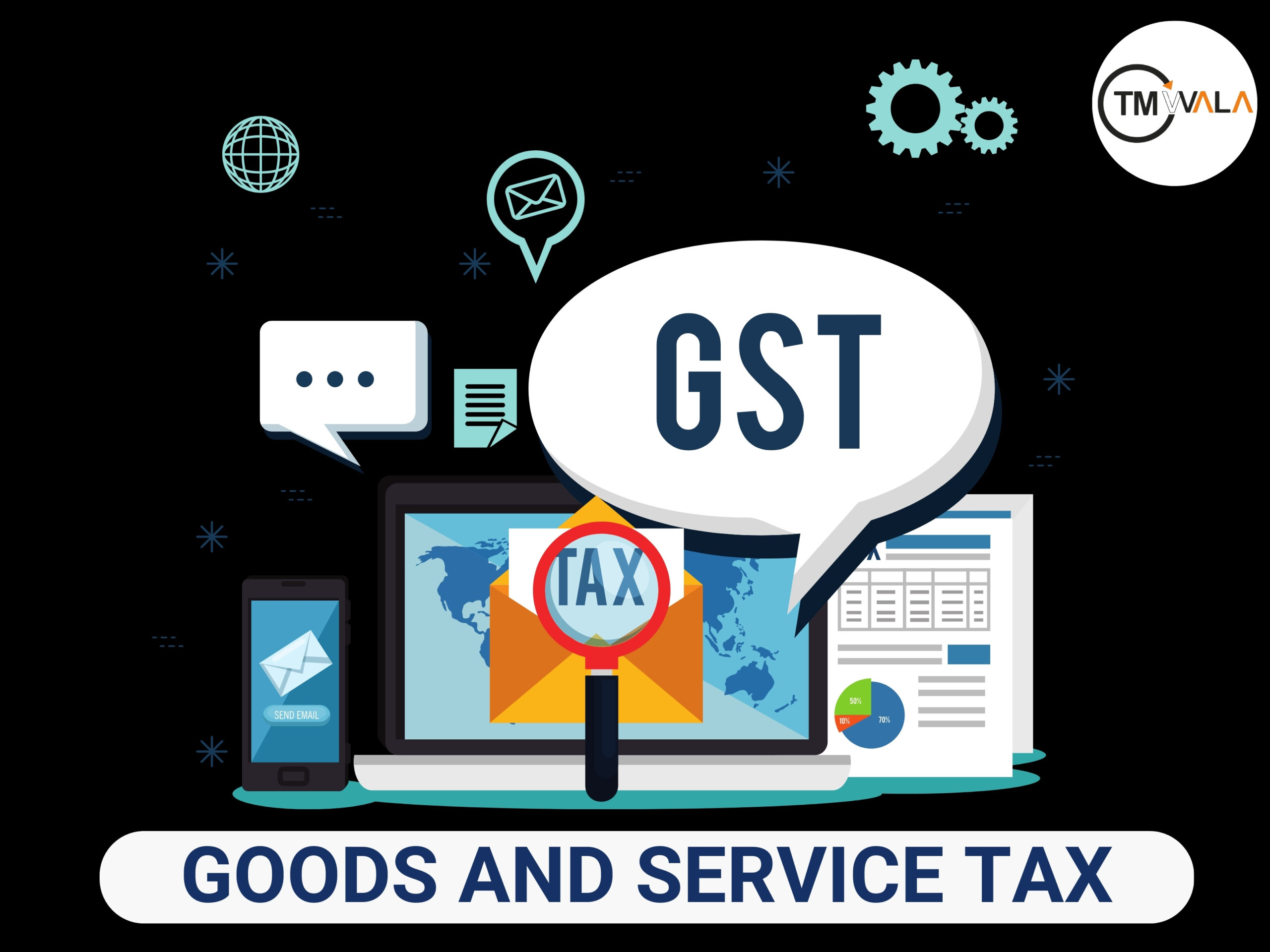
₹4,000.00 Original price was: ₹4,000.00.₹1,999.00Current price is: ₹1,999.00.

The Goods and Services Tax (GST) is a unified indirect tax introduced in India on July 1, 2017, replacing various state and central taxes. GST is applicable to the supply of goods and services across the country and is intended to simplify the taxation process by bringing all indirect taxes under one roof. Every business that meets the criteria must obtain GST registration to comply with Indian tax laws. In this article, we will explain the GST registration process, its benefits, requirements, and key details that businesses need to know.
GST is a value-added tax levied on the supply of goods and services. It is categorized into three types:
GST simplifies the tax structure by eliminating cascading taxes and ensuring that businesses only pay taxes on the value they add to products and services.
GST registration is mandatory for certain businesses in India. Here are the key criteria:
Even if a business does not meet the mandatory criteria, it can voluntarily register for GST to avail of benefits such as claiming input tax credit and improving compliance status.
The GST registration process is entirely online and can be completed through the GST Portal. Here is a step-by-step guide:
Step 1: Visit the GST Portal: Go to the official [GST Portal] https://www.gst.gov.in. Click on the “Services” tab and select “Registration” followed by “New Registration.”
Step 2: Fill in the Registration Form: Fill in the Part A of the GST registration form with details such as:
You will receive an OTP on your registered mobile number and email for verification. After verifying, a Temporary Reference Number (TRN) is generated.
Step 3: Complete Part B of the Form: Log in using the TRN, and complete Part B of the registration form by providing the following details:
Step 4: Upload Required Documents: The following documents are needed for GST registration:
Step 5: Submit the Application: After filling in all the details and uploading the necessary documents, submit the application using DSC (Digital Signature Certificate) or EVC (Electronic Verification Code).
Step 6: Issuance of GSTIN: Upon successful verification of the application, a GSTIN (Goods and Services Tax Identification Number) is issued. This is a 15-digit unique identification number assigned to your business. Along with the GSTIN, you will receive a GST Registration Certificate.
The following documents are required to register for GST:
After obtaining GST registration, businesses must comply with various requirements, including:
Failure to register for GST when required can result in penalties and legal consequences, including:
GST registration is a vital requirement for businesses operating in India, ensuring compliance with tax laws and allowing businesses to take advantage of input tax credits and other benefits. The online registration process is straightforward, and businesses must ensure they meet all compliance requirements post-registration to avoid penalties.
For businesses unsure of the registration process or compliance obligations, seeking professional assistance from a TMWala can simplify the process and ensure timely compliance with GST regulations.
Wish to get GST Registration? Click on the link to obtain your GST Registration Today: https://tmwala.com/gst-registration/
Get started instantly
"*" indicates required fields

TMWala
Your one stop shop for all your business registration and compliance needs.
"*" indicates required fields
Choose your Entity Type
Non-MSME/ Large Entitie
Individual/ MSME/ Sole Proprietorships

₹9,000.00 Original price was: ₹9,000.00.₹3,999.00Current price is: ₹3,999.00.
Trademark Application @ ₹3999* (Premium Discounted Plan for MSME/Individual/Sole Proprietorships) Comprehensive
Government Fees
₹4500/-

₹9,000.00 Original price was: ₹9,000.00.₹3,999.00Current price is: ₹3,999.00.
Trademark Application @ ₹3999* (Premium Discounted Plan for Non-MSMEs/Large Entities) Comprehensive
Government Fees
₹9000/-
Choose your Entity Type
Individual/ MSME/ Sole Proprietorships
Non-MSME/ Large Entities
₹3,500.00 Original price was: ₹3,500.00.₹1,999.00Current price is: ₹1,999.00.
Government Fees
₹4500/-
₹3,500.00 Original price was: ₹3,500.00.₹1,999.00Current price is: ₹1,999.00.
Government Fees
₹9000/-
Choose your Entity Type
Individual/ MSME/ Sole Proprietorships
Non-MSME/ Large Entities

₹1,500.00 Original price was: ₹1,500.00.₹999.00Current price is: ₹999.00.
Trademark Application @ ₹999* (Basic Discounted Plan for MSME/Individual/Sole Proprietorships) Best-Selling, Economical & Easy

₹1,500.00 Original price was: ₹1,500.00.₹999.00Current price is: ₹999.00.
Trademark Application @ ₹999* (Basic Discounted Plan for Non-MSMEs/Large Entities) Best-Selling, Economical, Quick and Easy